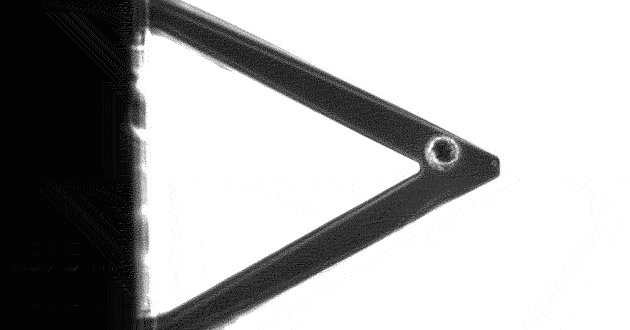Motion-detecting nanosensors could help find life on other planets

Much as we'd love to discover grey aliens with warp drive technology, any extraterrestrial life we're lucky enough to find will likely be pretty basic. But the chemical detection methods used by space probes like Curiosity or Philae are hit-and-miss -- they can't actually tell if something is alive or not. Scientists in France have developed a new nanosensor that may help: a simple cantilever with a laser motion sensor that can accept about 500 bacteria. As long as they're alive, the cells will cause minute vibrations on the cantilever, which are captured by the lasers as a sign of life. After scientists kill the cells, the signals stop.
Since the technology is mechanical rather than chemical, the team sees a number of terrestrial uses, including drug trials. The cantilevers could be coated with cancer cells, and if a drug is effective, the motion signals will slow or stop. But researchers also think that large arrays of the sensors could be used in future space exploration missions. Normally, probes search for chemicals that mark life as we know it on Earth, but it could also exist in other unknown chemical forms. For example, the nanosensors could find life in the cold methane lakes of Titan, as long as it moved. The researchers think probes could one day launch with large arrays of their cantilever sensors on board, and are set to pitch the idea to NASA and the ESA.
